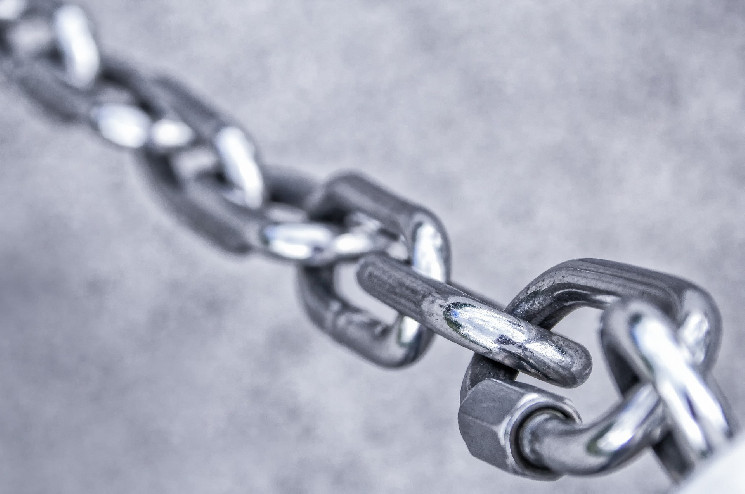Zero-knowledge proofs assist to make sure that transaction privateness doesn’t come on the expense of belief. Learn on to study what zero-knowledge proofs are, how they work, and why we’d like them in Web3.
That is associate content material sourced from Laura Shin’s Unchained and printed by CoinDesk.
What Are Zero-Data Proofs?
Zero-Data Proofs (ZKPs) are protocols that assist show the validity of statements on blockchains with out providing info that will compromise privateness. They permit customers to confirm the validity of a transaction with out revealing particulars of the transaction.
In Zero-Data Proofs, the prover is answerable for proving the declare, and the verifier’s function is to validate it. The protocols reveal on-chain that the hidden info is legitimate, and the prover is aware of this with excessive certainty.
Within the fingers of malicious actors, personally identifiable info (PII) can current sure dangers, corresponding to identification theft, reputational injury, and discrimination. Zero-knowledge proofs guarantee your PII stays protected.
Contemplate a situation the place you should show your identification to finish a transaction. You will have to supply proof corresponding to your driver’s license and different PII.
Nonetheless, you’ll have no management over the security of that info as soon as it’s within the fingers of a 3rd occasion. Hackers might goal the third occasion’s central database, or the third occasion might share your info with others for focused promoting functions and different causes.
With zero-knowledge proofs, you’ll be able to keep away from sharing this info and persist with proving its validity.
How Do Zero-Data Proofs Work?
Zero-knowledge proofs make the most of algorithms that course of enter information and make sure its truthfulness. Initiatives like StarkNet on Ethereum, Polygon Zero, Zk Sync, and extra are presently utilizing the protocols of their performance.
For zero-knowledge proofs to work effectively, there are three standards they should fulfill:
Zero-knowledge: The verifier can not entry the unique enter. The one info obtainable to them is the assertion’s validity.
Soundness: The protocol can not validate invalid enter as being true. The protocol should have safeguards to make sure the prover has no room to control the verifier into pondering their assertion is true.
Completeness: Offered the enter is legitimate, the protocol all the time validates the assertion. The protocol accepts the proof if each events act truthfully and the underlying info is true.
A primary zero-knowledge proof contains three parts.
First, now we have the witness, which is the key info. The prover gives questions that solely a celebration aware about the data would know.
The second aspect is the problem, the place the verifier selects a query from the set for the prover to reply.
The third and last aspect is the response, the place the prover solutions the query. With the response, the verifier confirms that the prover can entry the witness. The verifier then proceeds to pick extra questions from the set. The a number of questions restrict the potential for the prover faking information of the data.
Forms of Zero-Data Proofs
There are two kinds of zero-knowledge proofs: interactive and non-interactive.
Interactive zero-knowledge proofs permit back-and-forth communication between two events. The communication permits assertion validity verification to the verifier’s satisfaction.
Non-interactive zero-knowledge proofs: Right here, two events interact in just one communication spherical. The prover shares the data with an algorithm that computes zero-knowledge proof. The verifier receives the proof and makes use of one other algorithm to substantiate the prover’s information.
Given the comfort of non-interactive ZKPs, many presently obtainable protocols fall beneath the non-interactive ZKPs class. Let’s take a look at a few of them.
ZK-SNARKs: Identified in full as Zero-Data Succinct Non-Interactive Argument of Data, their small dimension makes the verification course of simple. These protocols make the most of elliptical curves to generate a cryptographic proof, a course of thought of to be fuel environment friendly.
ZK-STARKs: They’re referred to as Zero-Data Scalable Clear Argument of Data. They’re quick because of the minimal interplay between two events.
Bulletproofs: These don’t require a trusted setup. The brief non-interactive zero-knowledge proofs allow personal cryptocurrency transactions.
PLONK: These are referred to as Permutations over Lagrange bases for Oecumenical Non-interactive arguments of Data. PLONKs permit numerous members through the use of a common trusted setup.
Why Do We Want Zero-Data Proofs?
Numerous use instances clarify why we’d like zero-knowledge proofs. Let’s check out a number of the most essential.
Safety and privateness: The pseudonymity of Web3 fails to ensure full privateness because the transaction historical past is accessible on public blockchains. With ZKPs, info verification is feasible with out revealing PII, thus sustaining anonymity.
Identification verification: Proving one’s identification doesn’t have to incorporate sharing delicate info. ZKPs provide an avenue to hold out the identification verification course of privately and securely.
Scalability: With ZKPs, blockchain networks can confirm transactions with out revealing the underlying information. The community’s effectivity improves because the info saved on the blockchain reduces considerably.
Compliance: Organizations can adjust to regulatory necessities relating to cash laundering, KYC, and different related legal guidelines. ZKPs permit organizations to conform with out storing customers’ private info on centralized databases.
Zero-knowledge proofs are a elementary cryptography device providing info authentication to unidentified or untrusted events. The pseudonymous nature of the Web3 area presents a problem in issues of knowledge verification. ZKPs tackle this ache level by means of revolutionary protocols that promise to make sure quick and safe transactions.







